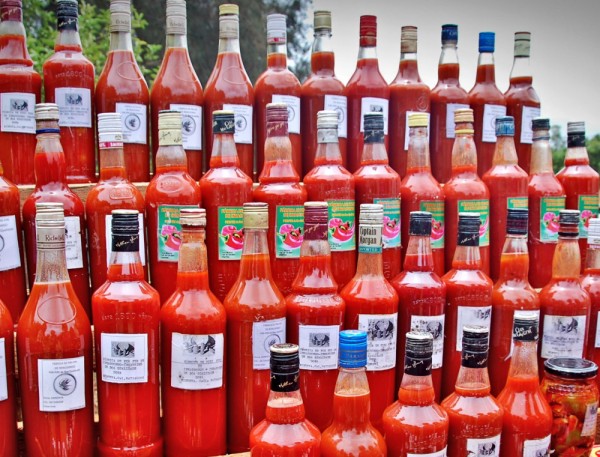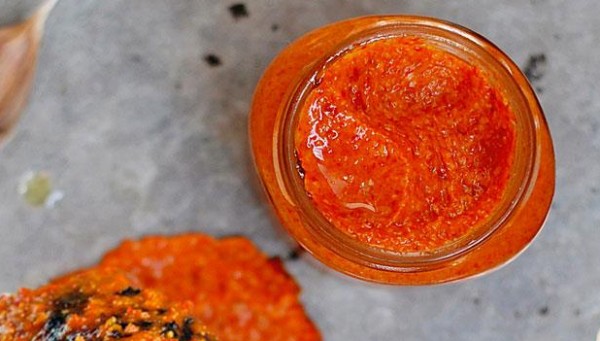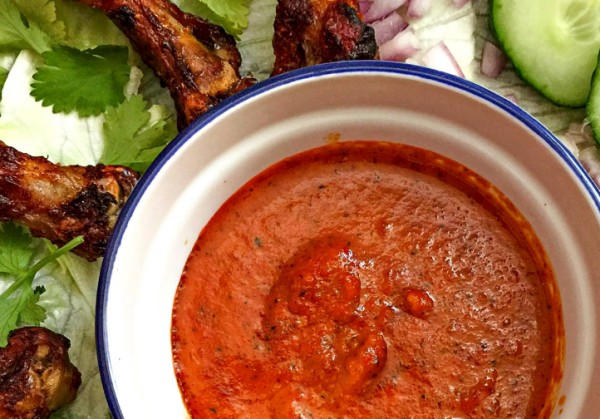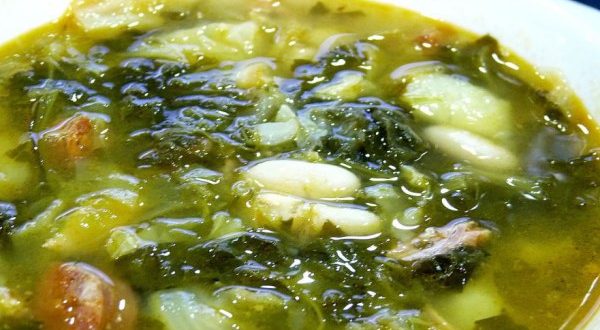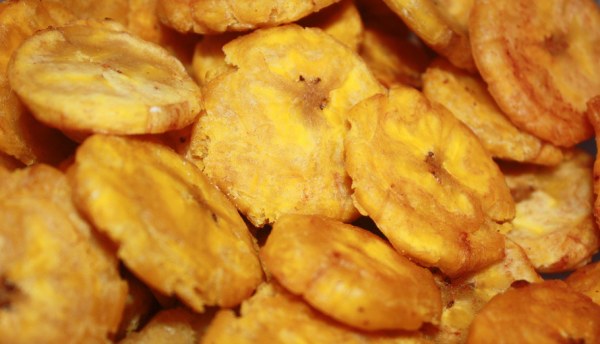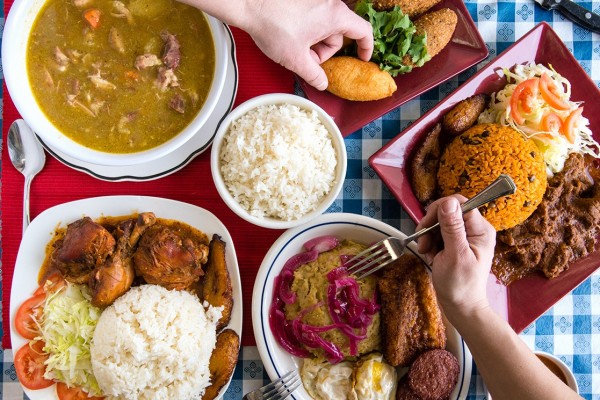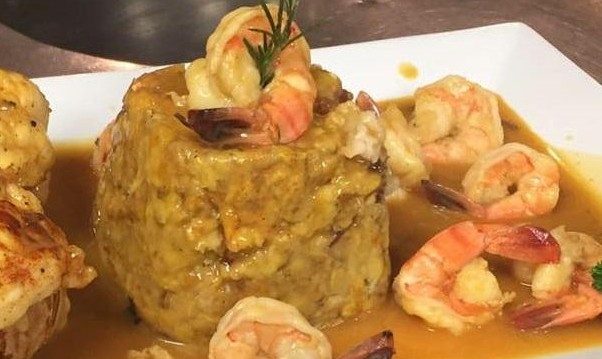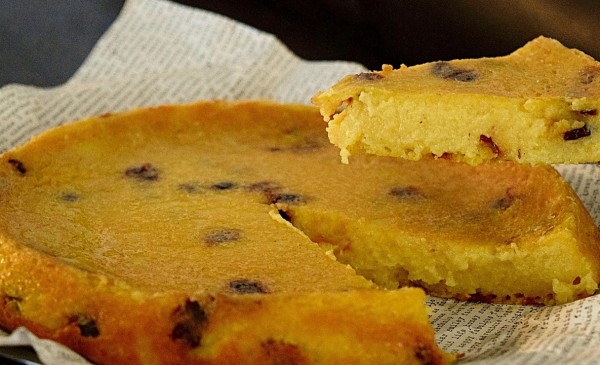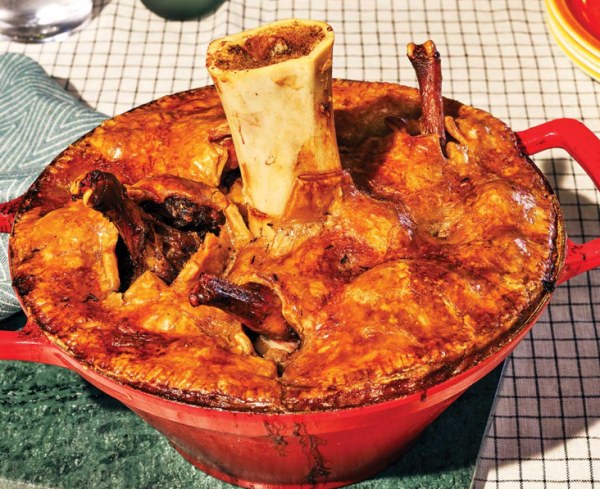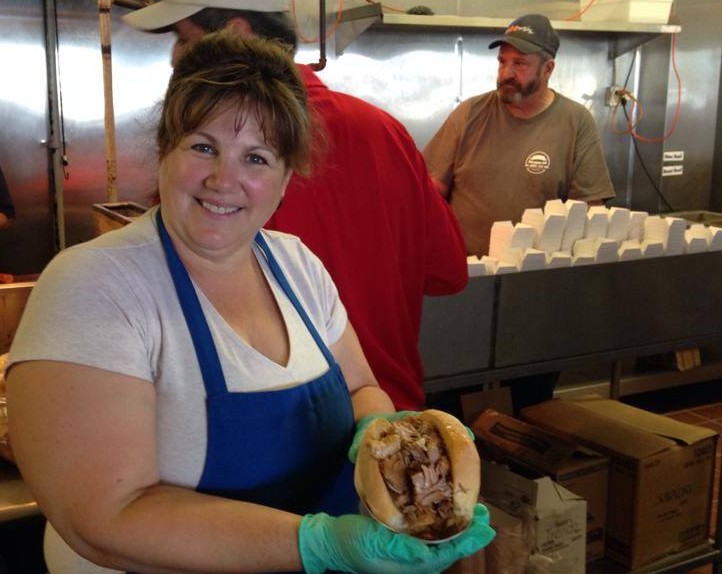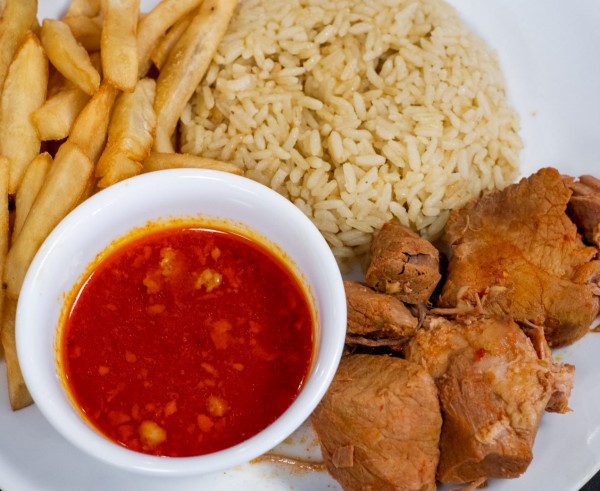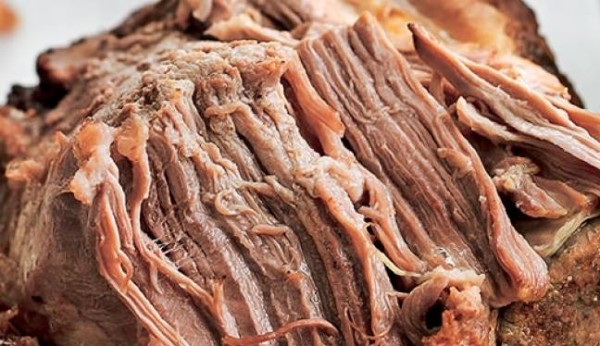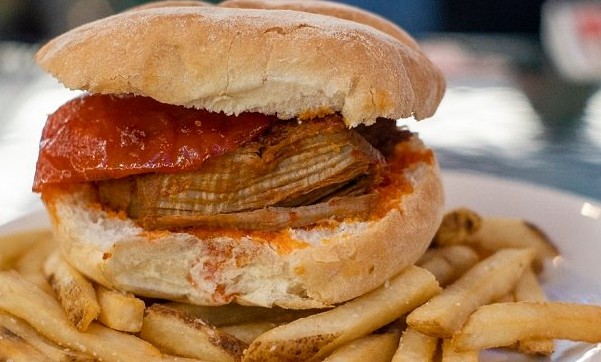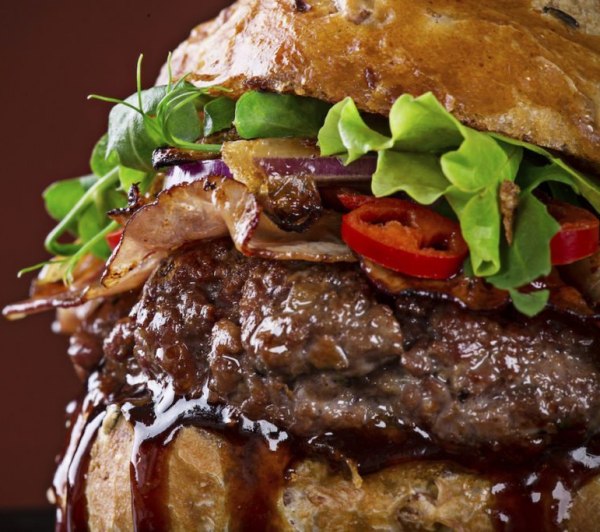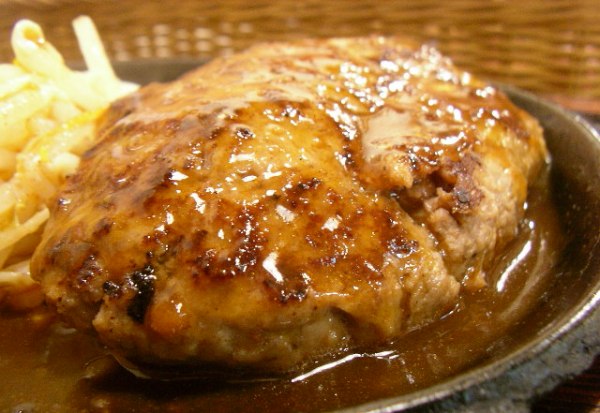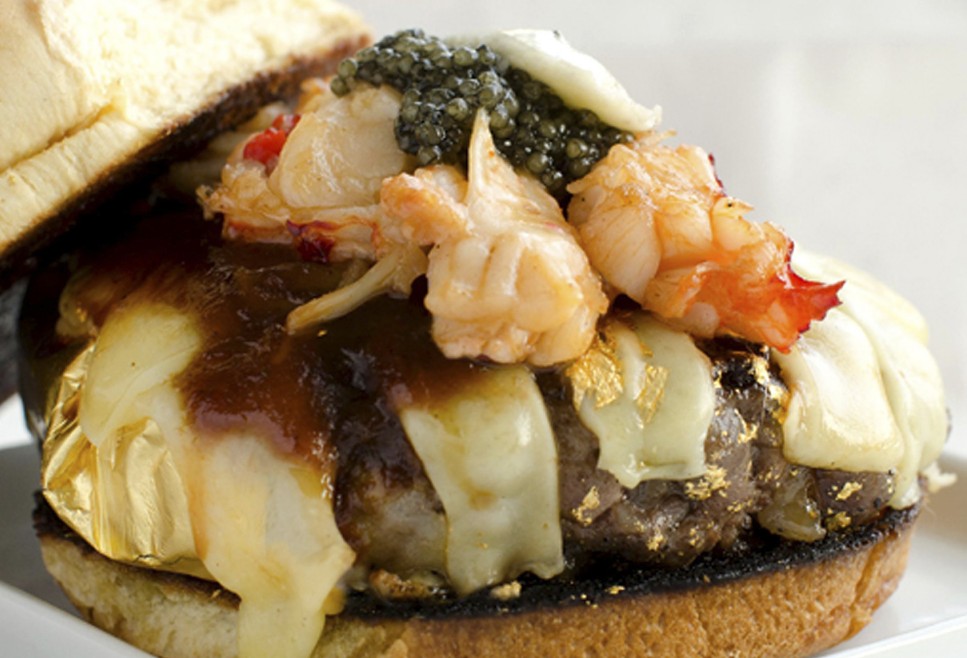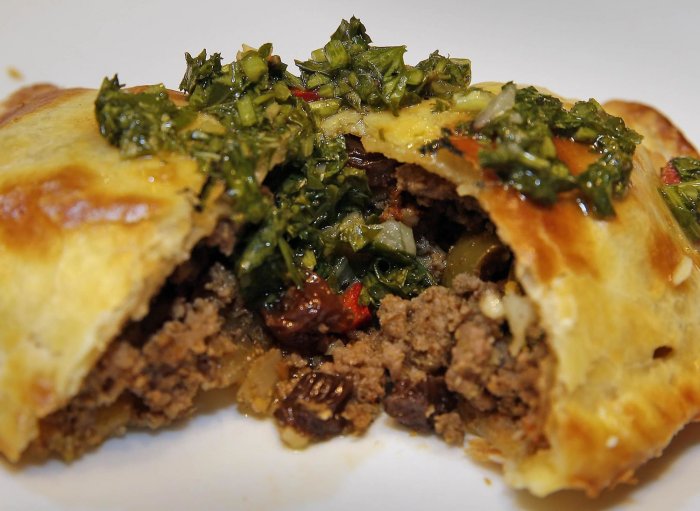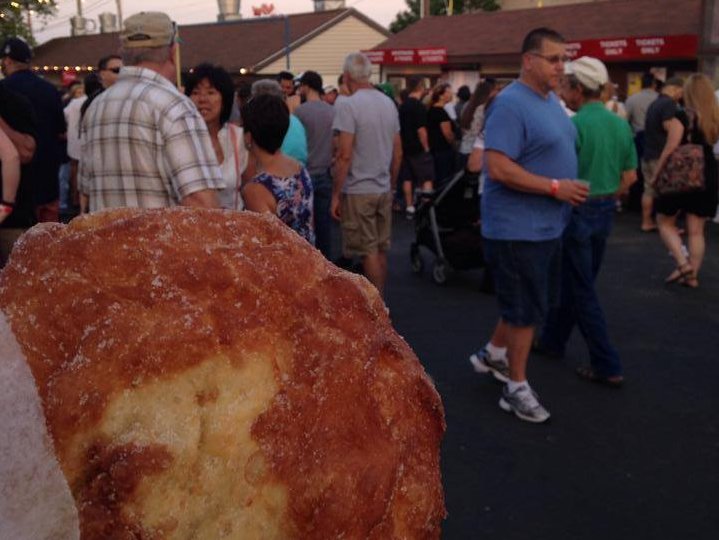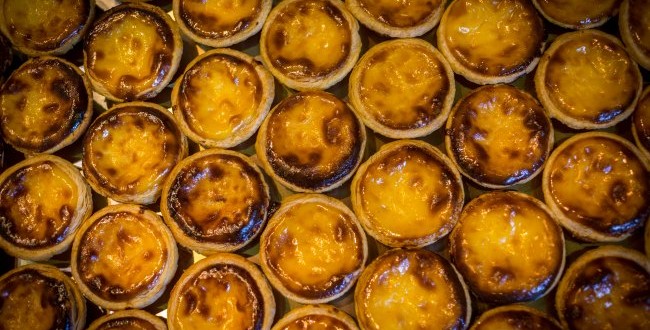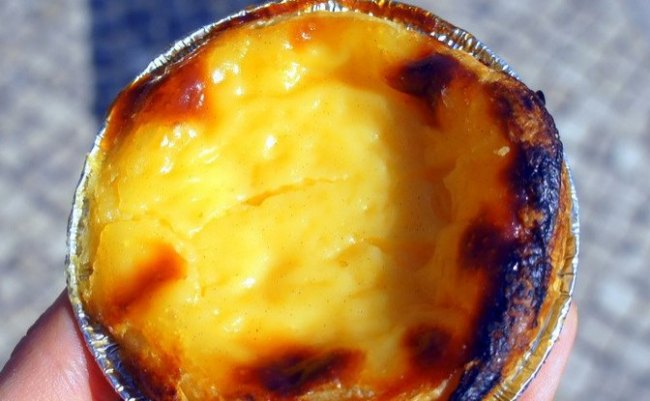Series Introduction (Move down if you’re familiar with the thread or don’t care)
In this series, we hope to highlight and showcase in as interesting a way as possible, the stories behind our favorite, mouth-watering local dishes. While we’ll focus on greater New Bedford and the South Coast, we will occasionally “travel” to places like Plymouth, Providence or even Boston. I will attempt to keep it light-hearted, fun and easy to read. While I can’t promise to keep you compelled and pull you along with prose – that would take a professional writer – I will promise to be liberal with the drool-inducing images of these dishes.
I grew up in a Sicilian household where everyone – man, woman, child – was participating in preparing meals. It was a “trick” to get everyone together, talking, laughing and of course, the occasional heated debate. Food was a huge part of our identity, where we came from, who we were. There was something special about the atmosphere that revolved around a meal that we prepared.

This is certainly not unique to an Italian or Sicilian household. Every ethnic group in the country has a proud culinary tradition that they grew up around. You can easily replace “Sicilian” with Irish, Vietnamese, Portuguese, Ethiopian, Greek or anything else. This is why food as a topic is always so popular. We humans love our food and that passion goes beyond the gustatory or taste – we crave the aromas, delight in the presentation, are fueled by the atmosphere, and relish – pardon the pun – discussion about our favorite dishes, restaurants or cuisines.
One thing that is often not discussed – is glossed over, or barely touched upon – is the history or background of these dishes. Now, to some, this conjures up the voice of the guy from the “dry eyes” commercial. The terms, for many, are synonymous with “boring,” “dull,” or “It’s time to go.” However, the background can be interesting, fun, or funny and it can be so without being facetious, dumbed-down or popular. I will make every attempt to maintain a fresh balance with those elements in this series.
As always, feedback is encouraged. Anecdotes are wanted. Discussion is paramount. Please join in.
_______________________________________________________________________
“Tis the season and nothing says “Thanksgiving” and “Christmas” more than the food and drinks that come with them. When these holidays are mentioned they conjure up the various seasonal flavors and aromas we all love. Often, a drink is needed to destress or unwind after the work, stress and sweat that goes into the planning, cooking, shopping, decorating and everything else that goes into making the holidays go off without a hitch.
Summer has its drinks that conjure up sand, sunshine, and beaches. Coconut, little umbrellas, citrus, and fruit put summer in your drink. When it comes to fall and winter, a whole new host of ingredients come into play – hazelnuts and chestnuts, cinnamon, nutmeg, apple, et al.
The fun in these drinks shouldn’t be limited to simply spiking some eggnog or hot chocolate when there is a myriad of traditional seasonal drinks that have been around for decades, even centuries. Want to treat your guests to a pleasant surprise? Offer them more than just a cocktail, but perhaps a little ice-breaking – pardon the pun – chit-chat about what the cocktail is, how old it is and where it came from.
Here are 7 traditional holiday drinks with a little history presented in a light and fun way.

Tom And Jerry
Nothing cartoonish or funny about this classic that marries brandy, rum, and eggnog and served hot but the cartoon characters did get their names from the drink. The “Tom & Jerry” has been around since the early 1800s when British journalist, and writer on popular culture and sports, Pierce Egan, made the drink popular by elevating the “spiked eggnog” to the next level, called it the Tom & Jerry based on characters in his book Life in London, or The Day and Night Scenes of Jerry Hawthorn Esq. and his Elegant Friend Corinthian Tom. Say that five times fast. Then say it fives times fast after having a few Tom & Jerry cocktails
As is evident by any trip to the supermarket during the holidays, folks love eggnog in many flavors and one flavor that goes well with it is vanilla and in my opinion, a vanilla “Tom & Jerry” with a light sprinkle of nutmeg is the best version of a “Tom & Jerry.” Some like to put a sprinkle of cinnamon, a little sugar to sweeten the deal and for presentation some beaten eggs. The flavor? Think of a homemade sugar cookie.
Incredibly easy to make, but be forewarned: very addictive!
_________________________________________________________________________________

Mulled Wine, Glögg or Glühwein
The first time I had this popular Christmas drink was while on sabbatical backpacking Europe. I was in the Rhineland-Palatinate in Southwest Germany attending an outdoor film festival. Yes, it was cold. Yes, the Glühwein – which I absolutely loved – made the weather bearable. Well, that plus the blanket they offered.
Traditionally the wine is red, but of course, white wine is an option. Heck, here in Portugal, er…I mean, the SouthCoast you can do it with green wine. Heat the wine, add mulling spices which typically are cinnamon, fennel seed/star anise, nutmeg, cloves, cardamom, orange or lemon, and ginger and voila: instant happy. How long has mulled wine been around? Since ancient Rome. How popular is it? You’d be hard pressed to find a European nation that doesn’t enjoy some variant and that incles eastern Europe and the Baltic States. It can also be found in Canada, Russia and even Turkey.
Popular variations include using Port or a Madeiran wine, fruit wines like cherry and blueberry, mit Schuss or with a shot of brandy, akvavit (Glögg), or vodka. If you are a fan of Victorian England and/or Charles Dickens’ “A Christmas Carol” then you know about the “Smoking Bishop” variation which used citrus fruits that are roasted until caramelized. Can you say “Yuuuum!!”?
There are even variations of the “Smoking Bishop” called, the Smoking Archbishop (w/ Claret), Smoking Beadle – a sort of church usher (using ginger wine and raisins), Smoking Cardinal (using Rhine wine or Champagne), and a Smoking Pope (using Burgundy win). They all sound good to me!

Wassail or Hard Cider
The word Wassail instantly conjures up Christmas Carols as it is synonymous with the virtually dead activity. Whatever happened to that?
The word is an Old English word was hál, meaning “be healthy” which was itself taken from Old Norse. That’s just hoity-toity talk to say that the word goes back a looooooong way. In fact, to the Middle Ages when it was used a good thousand years or more, ago. So long ago, that you wouldn’t understand the English if you heard it today. The point is that the word and drink was common parlance at one point in England well before the United States existed.
The reason for its popularity and why it is associated with Christmas is because Wassail is a cider-based drink and apples are harvested late in the year and there is typically a surplus. What to do when you have a surplus of fruit? Make booze, of course!
The hot, mulled punch or cider was originally made from a mead – fermented honey – in which roasted crab apples were tossed in. Sound familiar? Yes, this is the original “bobbing for apples.” Apparently, someone thought “Mead is gross. Let’s just make booze from the apples and forget the mead.” Kick it up a notch by mulling it with nutmeg, ginger, cinnamon and some sugar, then heat it up since it was cold outside and you have wassail – the perfect hot cup of something with alcohol in it to warm your bones while caroling.
Well, we know that booze heating you up is just an Old Wive’s Tale – these wise ladies got a bad rap if you ask me – but its placebic effect was enough. Along with thinking the booze was heating you up, was the ginger which actually does improve circulation. A little ginger, a little placebo, and you were warmer or at least you thought so. “It’s real to me damn it.”
_________________________________________________________________________________

Eggnog
Once upon a time, in the Pleistocene Era – which for those of you who don’t know, is in the early to middle 1970s – eggnog was a popular holiday drink mom would make and kids would go mad for it. The first eggnog of the season was a momentous one: it officially signaled that school vacation was coming, lots of holiday specials on TV, driving about looking for Christmas trees, and unwrapping presents was all right around the corner.
The story behind the word is an ugly, dull one that covers centuries and many nations. Yeah, not going there. The only fact surrounding the word is that the first known use of the word “nog” was in 1693. What about the “egg”? Not going there either. Who cares about that stuff?
Eggnog brought the whole house together because the kids could join in drinking it and the adults could get the spiked version. It was fun as a kid, to pretend you were joining the adults and maybe, just maybe an adult accidentally put a little booze in yours. You could even placebo yourself into swearing it happened and you were a bit tipsy.
Traditionally a mixture of milk and cream, some whipped egg whites, egg yolks and sweetened with sugar before whipping it into a froth, you then would sprinkle a little cinnamon and/or nutmeg over the top. Adults could add a little whiskey, rum or brandy with it and for those cold days you could warm it up.
These days, you “run to Cumby’s” and choose from 813 flavors including cookie dough, Oreo, sugar cookie, etc. Is that stuff even have egg or nog in it? The ingredients are usually listed something like milk, sugar, cream, sugar, egg whites, sugar, egg yolks, sugar, and then sugar. You can even get eggnog “creamers” whereby you can make eggnog lattes, add to your coffee, or even pour into you custard mix. Of course, all of those creamers come in the 813 flavors.
Call me a throwback, but I’ll take the homemade traditional eggnog over those cleverly disguised “milkssugars” any day. Same with the coffee. Can we just leave some things alone?
_________________________________________________________________________________

Hot Toddy
The Hot Toddy is a perennial favorite and one that tops many people’s list. Why? Well it has booze. That’s it. Just kidding.
The word Toddy was gifted to us from India – the culture that also gave us words like pajamas, bungalow, loot, and punch as in liquor and fruit. They also gave us vindaloo, roti, curry, raga, Yoga, Bollywood, Sanskrit, and Nithya Menen. Good people, those Indians.
The Hot Toddy became famous or infamous depending on your point of view, as a nightcap. The typical Hot Toddy was some warmed whiskey, water, honey, a dash of clove and cinnamon, and optionally use tea instead of water. Place a slice or lemon on the rim and you will have sweet dreams of chestnuts roasting on an open fire. If not, at least it would put you in a good mood and your heart wouldn’t be an empty hole, your brain wouldn’t be full of spiders and you wouldn’t have garlic in your soul. No one likes a mean one around the holidays.
_________________________________________________________________________________

Brandy Alexander
Changing gears a little, we have the Brandy Alexander – a cocktail containing brandy (duh), creme de cacao, cognac, and cream that has been around since the 1920s. You know “brandy” but who the heck is Alexander? That’s a road that is just going to be more arguing. Let the snobs argue, we’ll just sip, enjoy, and smile.
Speaking of snobs, the drink has been associated with sobs, the rich, the wealthy and famous since its inception. From royal weddings, a Russian Tsar (Alexander, duh), and in movies like Tattoo, Days Of Wine and Roses, and Two Lovers to being John Lennon favorite and mentioned in books by Kurt Vonnegut and Chuck Palahniuk. Have a few and you can easily pretend you are a tsar, celebrity, famous musician or musician and entertain all your friends.
_________________________________________________________________________________

Poinsettia
This last one I’ve been hearing and hearing and hearing about and it seems it is growing in popularity to the point that it wants to be added to the list of holiday cocktails. The simple drink is a detour from all the previous ones in the sense that it is a mixture of Cointreau, champagne, and cranberry juice. Alternatively, you can replace the Cointreau with the more affordable, Triple Sec.
The champagne adds the festive quality that comes with the holidays. The cranberry adds the seasonal (and regional) aspect and the Cointreau is the orange in the lemon or orange citrus element you see in so many of the other drinks. Not sure heating it up would be very appetizing though. I’ve never had warm or hot champagne, but I’ll pass on that.
Where does the name come from? Well, the color of the drink and the flower match and of course, the Poinsettia flower is a common one on the holidays.
_________________________________________________________________________________

Honorable mentions go to the popular Hot Buttered Rum and English Christmas Punch which need no write-up to detail, the Ovaltine – “You’ll shoot your eye out!” and the Mayan Hot Chocolate which can be spiked to make them “festive” for the holidays. The Mayan Hot Chocolate is the adult version of hot cocoa that has cinnamon, nutmeg, vanilla, honey, and a little kick to warm you up courtesy of a chili pepper.
Lastly, is my personal favorite which is not a cocktail, but just something you pour over the “rocks”: DiSaronno on the rocks. I don’t like 35 flavors competing in my glass, and I don’t need all the extra calories from fillers, creams, eggs, etc. Just something about Amaretto that reminds me of the holidays.
The only drawback to the drink is ordering it a bar. You have to look both ways, make sure no one is listening and say “DiSaronno on the rocks, please.” You don’t want to be “that” guy.
